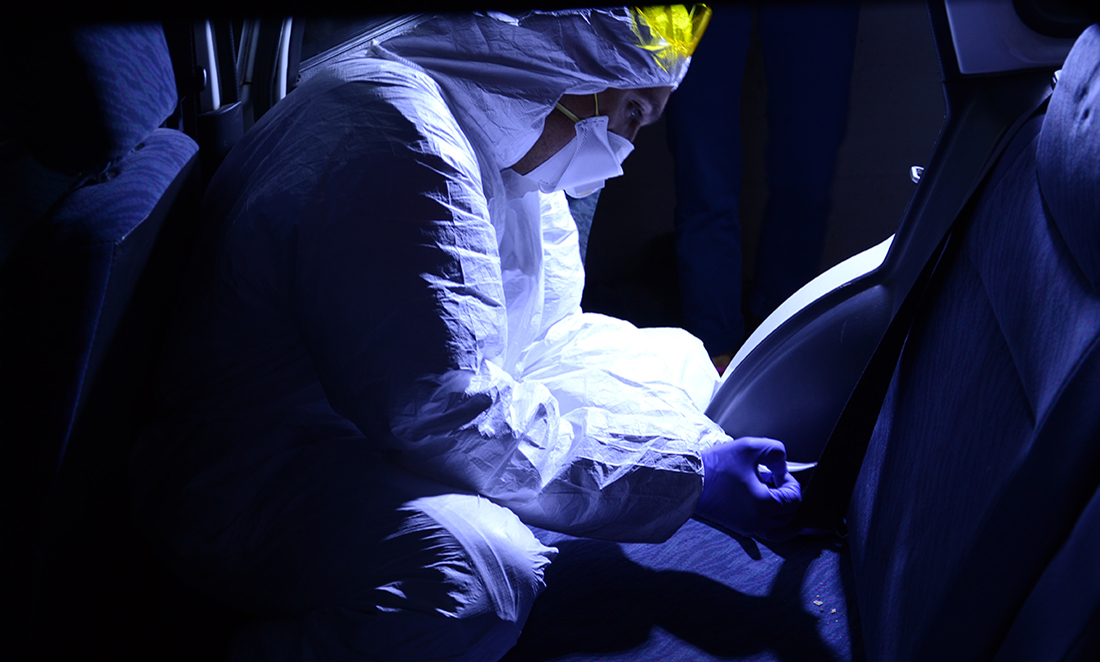No, those aren’t marketing terms made up to generate excitement. The science is legit, and the hype is real.
Next-generation DNA sequencing is allowing more insight into genomes than ever before. The term refers to a suite of incredibly powerful, accurate and increasingly affordable technologies that are revolutionising DNA analysis.
It’s like comparing one 5-year-old child trying to read Ulysses versus a bunch of literature professors simultaneously reading one page each.
With this great power comes great responsibility. Thankfully, many incredibly responsible scientists in the world are using it for good.
“MY TWIN DID IT”
Here’s a hypothetical.
Maybe you’re an identical twin.
Maybe you’re also not a law-abiding citizen.
Maybe you commit a crime and maybe, during the getaway, you leave a trace of DNA. A hair, a drop of blood, saliva on the butt of a dropped cigarette. That which was once part of you turns traitor and singles you out as being at the crime scene.
Or does it?
Identical twins occur when a growing human accidentally divides into two humans. Because they come from the same sperm and the same egg, they have the same DNA.
So if you’re an identical twin and the police find your DNA at a crime scene, they can’t necessarily pin the crime on you. If there are no other forensic facts in evidence, who’s to say you weren’t in bed watching Friends re-runs whilst your other half robbed the bank?
As absurd as it seems, real-life criminals have walked free because of this quirk of nature.
But super-powerful technology may soon see the correct culprits behind bars.
Ultra-deep next-generation DNA sequencing has allowed German researchers to distinguish between identical twins in forensic cases.
That’s right, identical twins don’t have identical DNA.
Tiny genetic mutations can occur after twins split in utero. By analysing DNA a thousand times over, we can detect these mutations… even if they make up only 1% of the sample!
In one ongoing case, this sort of sequencing found one identical twin was 2 billion times more likely to have committed the crime than his (theoretically) identical brother. At the time of publishing this article, neither twin has been convicted. The technology has never been used in court before, and we don’t know if it will be allowed as evidence.
In another preliminary forensic trial, pubic hair bacteria was analysed using next-generation techniques. It was found that an individual’s collection of pubic hair bacteria was identifiably unique, a fact which might help convict sexual predators in the future.
LAW AND ORDER AND MEDICINE
Ultra-deep next-generation DNA sequencing hasn’t realised it’s full potential in the courtroom, but it is revolutionising medicine in Australia.
In the future, patients will be diagnosed and treated using their genome.
At the Harry Perkins Institute, researchers are using next-generation technology to identify and understand genes that can cause disease. Understanding how a person’s DNA can make them sick will allow for more rapid diagnosis, earlier intervention, preventative measures and targeted treatments.
Clearly, advances in DNA sequencing are changing the world. Whether it’s cleaning up the streets, helping people be healthier or streamlining the healthcare system, it seems ultra-deep next-generation technology holds a revolutionary key.








